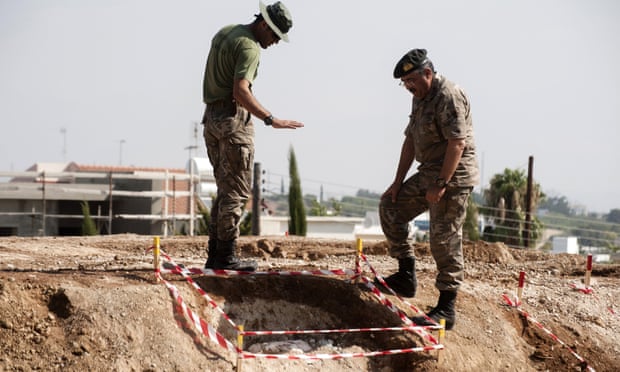
Nepal Police has confirmed the death of five foreigners reported missing in the Great Earthquake based on DNA verification.
The Central Police Forensic Science Laboratory (CPFSL) had conducted DNA profiling of the severed body parts recovered from various parts of the country and cross-matched the details with the DNA reports of the missing foreigners sent by Interpol.
Nepal Police had received DNA reports of 11 foreigners who were reported missing in Nepal by their families in the wake of the April 25 earthquake. The DNA reports that were sent from France, Canada and Spain are being used to match the DNA profiling conducted by the police laboratory of the remains.
Among the identified are three French, a Canadian and a Spanish national.
Police said the DNA profiling report sent to them from concerned nations was done on the basis of items used by these nationals before their departure to Nepal. DNA was extracted from a toothbrush of one of the foreign nationals, while blood stain in the razor was used for another.
The CPFSL conducts DNA profiling through blood, bone and hair with its root, among others. In case of bone, it is drilled and crushed into powdered form. Also, a process known as de-calcification is conducted to remove the calcium content in the bone which is then processed in a machine called the automated express to isolate the DNA.
“Following the isolation, the quantity of extracted DNA is studied which after some other complex processes will eventually lead to genotyping also known as DNA profiling,” said Deputy Superintendent of Police Rakesh Singh. “We had to rely on Indian laboratories for such tests. But since a year, we have been able to conduct the profiling in police laboratory itself. And it has been used extensively after the earthquake to help identify the deceased.”
Similarly, CPFSL were also able to identify additional three dead bodies of foreigners through their fingerprints. The identified people are from Germany, Spain and Britain. In case of the British national, the authorities there were able to produce the fingerprint through his used tea-cup that had remained unattended ever since he left for Nepal. The fingerprint was used to match with the analysis conducted at the police laboratory.
Senior Superintendent of Police Janak Singh, chief of CPFSL said at present DNA and fingerprint analysis of over 40 appendages are underway that will help in identifying the details of the people who died in the earthquake.
Friday 7 August 2015
http://www.ekantipur.com/the-kathmandu-post/2015/08/06/news/5-missing-identified-through-dna-test/279267.html




